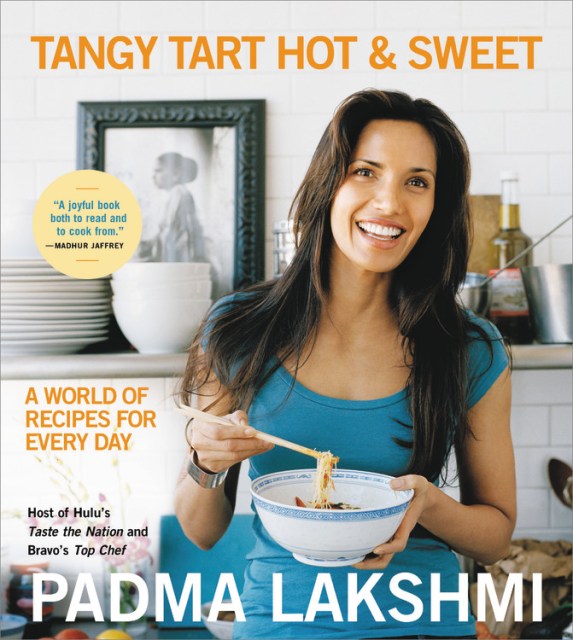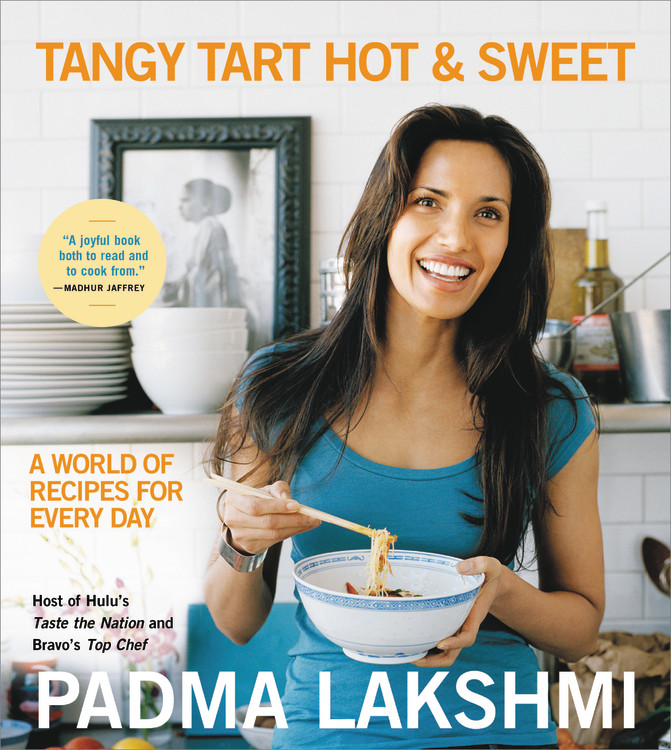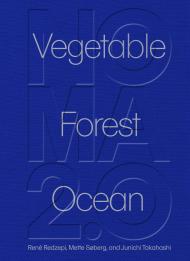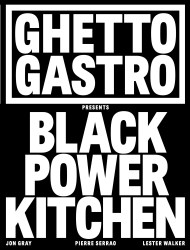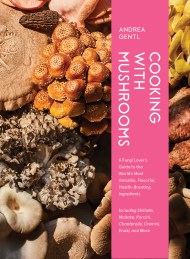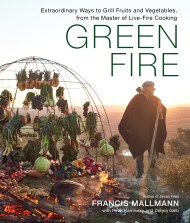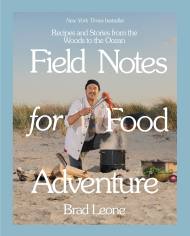Promotion
Use code MOM24 for 20% off site wide + free shipping over $45
Tangy Tart Hot and Sweet
A World of Recipes for Every Day
Contributors
Formats and Prices
Price
$17.99Price
$22.99 CADFormat
Format:
- Trade Paperback $17.99 $22.99 CAD
- ebook $11.99 $15.99 CAD
This item is a preorder. Your payment method will be charged immediately, and the product is expected to ship on or around March 16, 2021. This date is subject to change due to shipping delays beyond our control.
Also available from:
Find a dazzling variety of recipes from around the world in this entertaining cookbook that combines life lessons and delectable meals—written by the host of Bravo's Top Chef and Hulu's Taste the Nation.
Inspired by her travels to some of the most secluded corners of the planet, Padma Lakshmi shares the origins and secrets of her latest recipes for simple to prepare, international cuisine. She makes it easy to delight your guests with savory and sweet dishes such as Keralan Crab Cakes, Fresh Green Beans with Lentils and Coconut, Krispy Fried Chicken, BBQ Korean Short Ribs, and Chocolate Amaretto Ice Cream. By introducing a host of enticing flavors and spices, an everyday kitchen is transformed into a global one.Tangy Tart Hot & Sweet is both a culinary and personal scrapbook of Padma's life, highlighted by dazzling photography and evocative personal stories about her lifelong connection to food and cooking. From appetizers to entrées, soups to desserts—Tangy Tart Hot & Sweet is perfect for anyone who wants cooking to be easy, elegant, and unforgettable.
Genre:
-
"The title says it all...the perfect 'melting pot' cookbook. Every recipe, from the simple to the exotic, will take you on a delicious culinary journey around the world."Tom Colicchio, Chef/Owner Craft Restaurants
-
"Tangy allows Padma to share with us her rich cooking and eating experience. Padma has created exciting and unexpected wonderful recipes mostly inspired by her Indian heritage but with very original and personal twists. It's smart fusion at its best."Eric Ripert, Executive Chef/Co-Owner Le Bernardin
-
"Padma's food is a real treat to eat. She cooks in a very relaxed way-she's someone who loves food and has got an instinct for how everything goes together."Nigella Lawson
-
"[Padma's] new book...imbued with her personality, is beautiful to look at, international in flavors, very New World in its Lobster Bruschetta and also very Old World in its south Indian Green Mango Curry. A joyful book both to read and to cook from."Madhur Jaffrey
-
"More relevant than ever."The Daily Meal
-
"In Tangy, Tart, Hot & Sweet, Lakshmi offers 121 delightful savory dishes and sweet treats—everything from green chicken enchiladas to chilled papaya mousse with Cointreau—each with her own signature spin."Yoga Journal
- On Sale
- Mar 16, 2021
- Page Count
- 288 pages
- Publisher
- Hachette Go
- ISBN-13
- 9780306926044
Newsletter Signup
By clicking ‘Sign Up,’ I acknowledge that I have read and agree to Hachette Book Group’s Privacy Policy and Terms of Use
